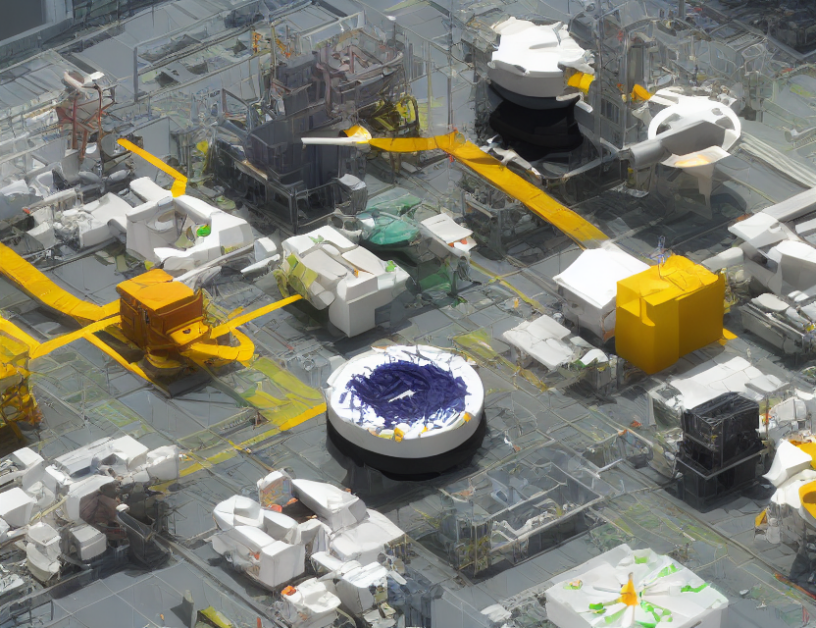This paper presents a novel approach to optimize the design of fusion devices using a machine learning algorithm called Physically Informed Neural Networks (PINN). The authors, from various institutions in France and the UK, acknowledge support from different organizations for their research. They explain that fusion devices are complex systems that require careful design to achieve optimal performance, and traditional methods have limitations.
The authors propose PINN as a powerful tool for optimizing fusion device designs. PINN is a neural network that incorporates physical laws and constraints into its architecture, allowing it to learn the underlying relationship between the design parameters and the desired performance metrics. The algorithm can be trained using experimental data or first-principles calculations, and it can be used to optimize different aspects of fusion devices, such as the shape of the plasma confinement device or the location of the superconducting coils.
The authors demonstrate the effectiveness of PINN by applying it to several design problems in fusion research. They show that PINN can find optimal designs that outperform existing designs or reduce the complexity of the design while maintaining the same performance. The authors also discuss the potential of PINN to be used for other applications in fusion research, such as predicting plasma behavior or optimizing control systems.
The paper provides a detailed explanation of the PINN algorithm and its application to fusion device design. The authors use analogies and examples to help readers understand the complex concepts, making the paper accessible to a wide range of readers. Overall, the article highlights the potential of machine learning algorithms like PINN to revolutionize fusion research and accelerate the development of practical fusion reactors.
Fusion Research Acknowledgments: Support and Funding Efforts



